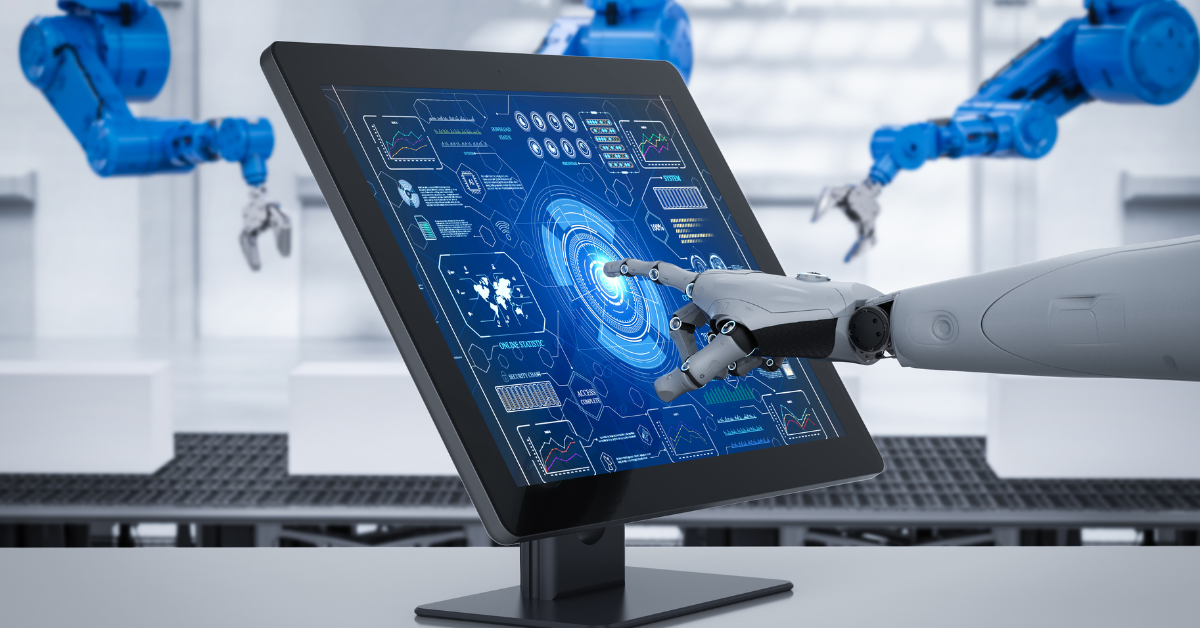Japan’s small factories, known as machikoba, are facing an era where artificial intelligence is no longer an option but a necessity for survival. These factories have long supported Japan’s global manufacturing reputation with their precision and craftsmanship, but now, integrating AI offers automation, data-driven decision-making, and skill transfer that can overcome labour shortages and drive competitiveness in international markets.
BENEFITS OF AI SUPPORT IN SMALL FACTORIES
IMPROVED PRODUCTIVITY, QUALITY, AND FLEXIBILITY
Integrating AI enables factories to maintain high productivity with fewer workers. AI-controlled robots carry out repetitive tasks accurately, reducing fatigue and human error. Machine learning-based inspection systems identify micro-level defects and dimensional discrepancies that are invisible to the human eye, enhancing product quality. AI scheduling systems quickly adjust production plans to handle urgent or complex orders, improving operational flexibility. These capabilities allow small factories to compete effectively with larger manufacturers. Furthermore, AI optimises energy use by controlling machinery operation based on demand, contributing to sustainability targets. Predictive maintenance is another benefit, as AI analyses vibrations and sounds to forecast potential machine failures, preventing sudden stoppages. This not only extends equipment life but also strengthens customer trust through reliable delivery schedules.
AI Implementation Impact on Operations
| Operational Area | Traditional Approach | AI-Enabled Approach |
|---|---|---|
| Assembly | Manual repetitive work | Automated precision robotics |
| Inspection | Visual by experienced staff | Machine learning defect detection |
| Scheduling | Manual adjustment | Real-time AI scheduling |
| Maintenance | Reactive repair | Predictive maintenance |
MANAGEMENT BENEFITS AND DATA-DRIVEN DECISIONS
SMART DECISION-MAKING AND COST REDUCTION
AI systems analyse operational data including production records, inventory turnover, material consumption, and delivery timelines. This enables optimal procurement timing, reducing storage costs while avoiding material shortages that cause delays. For example, when raw material prices fluctuate, AI identifies the most economical purchasing window. Real-time dashboards created by AI visualise performance indicators, supporting fast and effective decisions. AI chatbots also enhance customer communication by providing instant, accurate responses. Combining AI with IoT devices allows automated monitoring and control of temperature, humidity, and energy usage within facilities, ensuring ideal production environments. Such data-driven management strengthens profitability and adaptability, which are essential for small factories competing in rapidly changing markets.
AI Data Utilisation Benefits
| Data Utilisation Area | Benefit |
|---|---|
| Procurement | Reduced costs by timing purchases efficiently |
| Inventory | Avoids overstocking and shortages |
| Production | Optimised scheduling and output |
| Customer Service | Faster, accurate responses via AI chatbots |
SKILL TRANSFER AND HUMAN RESOURCE DEVELOPMENT
PRESERVING JAPANESE CRAFTSMANSHIP WITH AI
A pressing issue in machikoba is the retirement of skilled craftsmen without successors. AI captures their techniques using sensors, motion capture, and video data to analyse optimal movements and methods. Younger workers learn efficiently by studying AI-processed data, and augmented reality smart glasses provide real-time visual guidance during tasks, ensuring accurate execution. This shortens training periods significantly while maintaining traditional quality standards. AI also standardises processes that were previously reliant on individual skill, ensuring consistent quality regardless of the operator. By bridging generational gaps, AI preserves Japan’s craftsmanship legacy while enhancing adaptability to modern demands.
AI’s Role in Skill Transfer
| Skill Transfer Aspect | AI Contribution |
|---|---|
| Technique Recording | Captures movements via sensors and video |
| Knowledge Visualisation | Processes data into teachable models |
| Training | Provides AR-based real-time guidance |
| Standardisation | Ensures uniform quality across operators |
CHALLENGES AND RISKS OF AI SUPPORT
HIGH IMPLEMENTATION COSTS AND OPERATIONAL BARRIERS
Adopting AI requires substantial investments in equipment, systems, and employee training. Many small factories with tight budgets struggle with these upfront costs. Additionally, older workers may resist such changes, fearing job displacement or difficulties in adapting to new technologies. Overcoming these barriers demands government subsidies and collaboration with AI vendors. Phased implementation starting with simple applications like automated inspections can demonstrate immediate benefits, building staff confidence and easing transitions. This gradual approach ensures operational stability and fosters positive acceptance of AI.
DATA SECURITY AND PRIVACY RISKS
AI applications involve processing large volumes of sensitive operational and customer data. This raises security concerns regarding data leaks, cyberattacks, and unauthorised access. Breaches targeting AI-connected machinery can halt production, resulting in significant financial losses and damaged trust. Implementing robust cybersecurity measures including encrypted networks, multi-layered firewalls, and employee security training is essential. Data protection not only mitigates financial risks but also maintains customer and partner confidence in Japan’s manufacturing reliability.
AI Risks and Countermeasures
| Risk | Impact | Countermeasure |
|---|---|---|
| High implementation cost | Limits adoption | Government subsidies, phased rollout |
| Employee resistance | Slows integration | Training, involvement in planning |
| Data security breach | Production halt, financial loss | Encryption, firewalls, security protocols |
| System complexity | Operational errors | Gradual introduction, vendor support |
EXPANDED INSIGHT INTO FUTURE POTENTIAL
Looking ahead, AI’s role will expand further with technologies like digital twins, generative AI, and 5G-enabled IoT. Digital twins allow virtual replication of factories for simulation and optimisation before physical implementation, reducing risks and costs. Generative AI assists in product design by suggesting innovative solutions derived from accumulated data. Integration with 5G will enhance real-time data transmission, enabling faster control and analysis. These technologies will transform small factories into smart factories capable of rapid market adaptation while maintaining Japan’s renowned precision and quality standards.
CONCLUSION
AI adoption is now essential for Japanese small factories to address labour shortages and maintain competitiveness globally. Although challenges such as high costs, security risks, and employee adaptation remain, the benefits of enhanced productivity, assured quality, efficient decision-making, and skill transfer outweigh them. Strategic planning, phased introduction, and employee training are vital for successful integration. Ultimately, AI will not replace human expertise but will amplify it, ensuring that Japan’s manufacturing industry continues to deliver trusted quality and innovation to the world, preserving its leadership for future generations.






